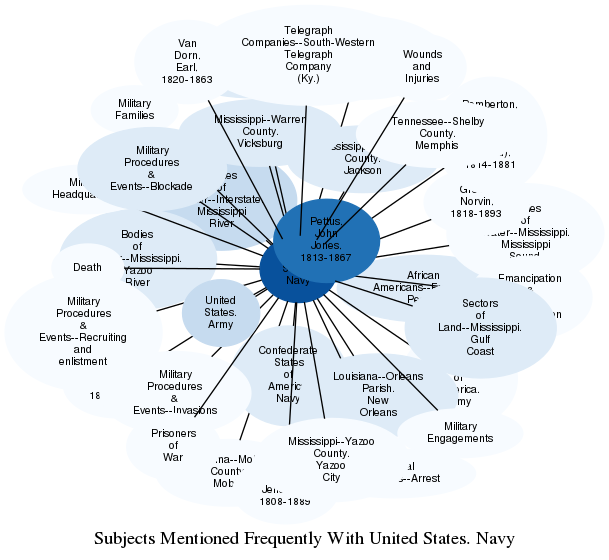Description
The United States Navy, also known as the Union Navy during the American Civil War, was primarily responsible for blockading the Confederacy’s coastlines and harbors, destroying Confederate ships, and supporting Union Army amphibious operations along the Atlantic and Gulf of Mexico shores, and river. At the beginning of the war, the Union Navy had ninety ships, far outmatching the Confederacy’s fourteen vessels. Through the North’s superior manufacturing capabilities and larger population, the Union Navy substantially increased its force to more than 650 ships and 20,000 sailors by the time the war ended. In comparison, the Confederate Navy barely surpassed one hundred ships and 5,000 sailors.
The Union Navy’s blockade of the Confederacy was very successful, cutting the South’s trade to only five percent of its pre-war numbers. In a vain effort to defeat the federal ships blocking their harbors, Confederate forces focused on innovative ship technology, such as ironclad vessels (wooden ships protected by iron plates) and the first operational submarine (named the Henley). Union officials managed to counter these efforts by developing their own ironclad ships, including the USS Monitor, a flat, iron-plated vessel with a rotating turret.
While the Union Navy did engage in a few notable sea battles (the fight between the USS Monitor and the Confederacy’s ironclad CSS Virginia being the most famous), most of its combat action involved supporting the Union Army’s ground operations along the Mississippi River, at Mobile Bay, and in places like Charleston, South Carolina, and Fort Fisher, North Carolina. Capturing ports and coastal fortifications not only reduced the strength of the Confederate military, but gave the Union Navy vital supply bases for its own operations around the South. The assaults upon the coastal positions involved more traditional naval warfare with cannonading by wooden ships; but the Navy developed the shallower draft ironclads for operations on the rivers and waterways. These steam-powered ships were more maneuverable than wooden sail ships, and were better protected against close-range artillery by Confederate river forts.
After the Civil War, the Union Navy—like the army—downsized to a number close to its pre-war number. However, the war had introduced key technological and doctrinal changes to sea and river warfare across the globe. At least for a short time, the Union Navy had been the most technologically advanced maritime force in the world. (Wikipedia; American Battlefield Trust)
See also: https://en.wikipedia.org/wiki/Union_Navy
Related Subjects

The graph displays the other subjects mentioned on the same pages as the subject "United States. Navy". If the same subject occurs on a page with "United States. Navy" more than once, it appears closer to "United States. Navy" on the graph, and is colored in a darker shade. The closer a subject is to the center, the more "related" the subjects are.